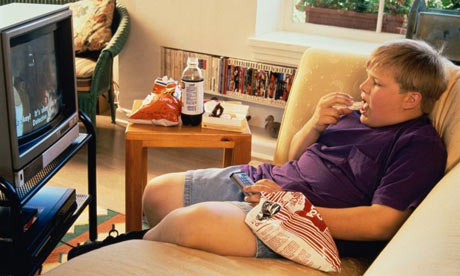
Double-leg abdominal press
When you're comfortable with the single-leg abdominal press, try the double-leg abdominal press:
- Lie on your back with your knees bent (A). Keep your back in a neutral position, not arched and not pressed into the floor. Avoid tilting your hips. Tighten your abdominal muscles.
- Raise your legs off the floor one at a time so that your knees and hips are bent at 90-degree angles. Rest your hands on top of your knees (B).
- Push your hands against your knees while using your abdominal muscles to pull your knees toward your hands. Keep your arms straight. Hold for three deep breaths.
- Return to the start position and repeat.

Double-leg abdominal press variations
To work your core muscles more completely, try variations of the double-leg abdominal press:
- Opposite hands on opposite knees. Place each hand on the opposite knee, toward the inside of the knee (A). Your arms will cross over each other. Push your hands against your knees while pulling your knees toward your hands. Hold for three deep breaths. Repeat.
- Hands on outside of knees. Place your hands along the sides of your knees (B). Use your hands to push your knees inward. At the same time, create resistance by pushing your knees away from the center. Hold for three deep breaths. Repeat.

Segmental rotation
Segmental rotation is another way to exercise your core muscles:
- Lie on your back with your knees bent and your back in a neutral position. Tighten your abdominal muscles.
- Keeping your shoulders on the floor, let your knees fall slowly to the left (A). Go only as far as is comfortable. You should feel a stretch, but no pain. Hold for three deep breaths.
- Return to the start position. Repeat the exercise to the right (B).

Quadruped
This core exercise is called the quadruped:
- Start on your hands and knees. Place your hands directly below your shoulders, and align your head and neck with your back (A). Tighten your abdominal muscles.
- Raise your right arm off the floor and reach ahead (B). Hold for three deep breaths. Lower your right arm and repeat with your left arm.
- Raise your right leg off the floor (C). Tighten your trunk muscles for balance. Hold for three deep breaths. Lower your right leg and repeat with your left leg.
- For added challenge, raise your left arm and your right leg at the same time (D). Repeat with your right arm and left leg.

Modified plank
This core exercise is called the modified plank:
- Lie on your stomach. Raise yourself up so that you're resting on your forearms and your knees. Align your head and neck with your back, and place your shoulders directly above your elbows. Tighten your abdominal muscles.
- Create resistance by pressing your elbows and your knees toward one another. Neither should move from their positions on the floor. Hold for three deep breaths.
- Return to the start position and repeat.

Modified plank variations
Try these variations on the modified plank:
- Lie on your stomach. Raise yourself up so that you're resting on your forearms and your knees. Align your head and neck with your back, and place your shoulders directly above your elbows. Tighten your abdominal muscles.
- Raise your right arm off the floor (A). Hold for three deep breaths. Repeat with your left arm.
- Raise your right leg off the floor (B). Hold for three deep breaths. Repeat with your left leg.
- For added challenge, raise your left arm and your right leg at the same time. Repeat with your right arm and left leg.

Side plank
The side plank challenges your stability and works the muscles along the side of your body:
- Lie on your left side, raising yourself onto your left forearm (A). Place your left shoulder directly above your left elbow, keeping your shoulders, hips and knees in alignment. Rest your right arm along the side of your body.
- Tighten your abdominal muscles. Hold for three deep breaths. Repeat on your right side.
- For added challenge, balance on your left hand. Raise your hips off the floor and extend your right hand toward the ceiling (B). Hold for three deep breaths. Repeat on your right side.

Superman
This core exercise, called the superman, can help you strengthen your lower back:
- Lie on your stomach with a rolled towel or a small pillow under your hips to support your back. You might also use a folded towel to support your head. Tighten your abdominal muscles.
- Raise your right arm off the floor (A). Hold for three deep breaths. Lower your right arm and repeat with your left arm.
- Raise your right leg off the floor (B). Hold for three deep breaths. Lower your right leg and repeat with your left leg.






 CHICAGO (AP) — A striking new study says almost 1 in 5 American 4-year-olds is obese, and the rate is alarmingly higher among American Indian children, with nearly a third of them obese. Researchers were surprised to see differences by race at so early an age.
CHICAGO (AP) — A striking new study says almost 1 in 5 American 4-year-olds is obese, and the rate is alarmingly higher among American Indian children, with nearly a third of them obese. Researchers were surprised to see differences by race at so early an age.